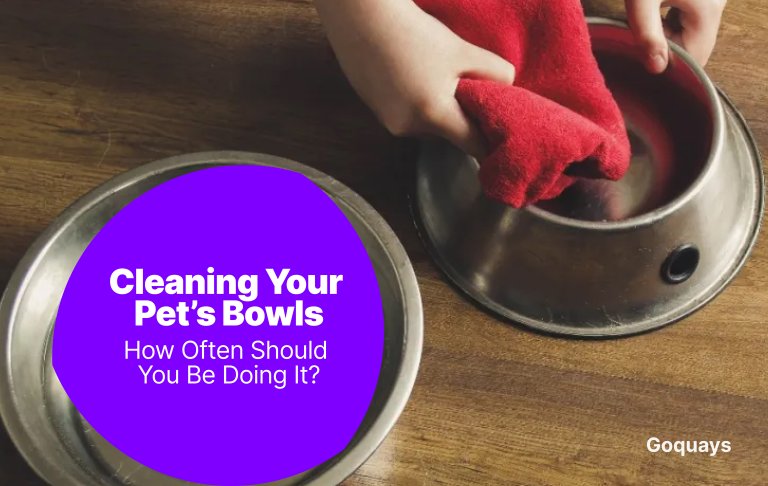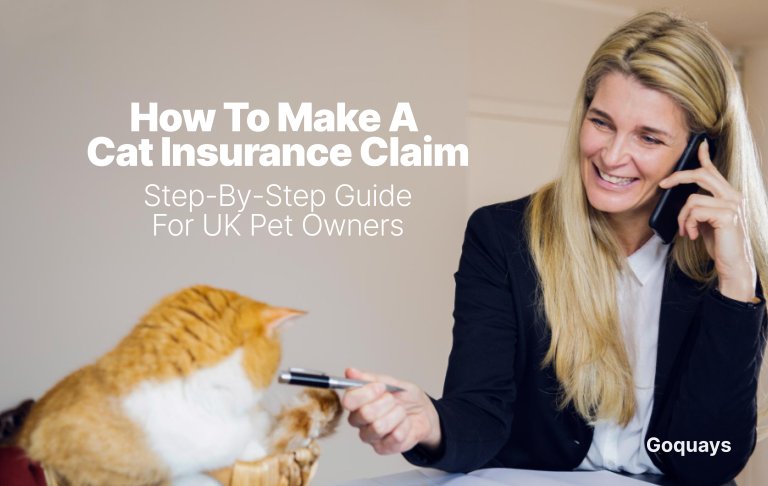Claim denials can be frustrating, especially when you’re counting on reimbursement for expensive treatments. Whether it’s due to pre-existing conditions, policy exclusions, missing paperwork, or misunderstandings about coverage, there are several reasons why insurers might refuse to pay out. The good news? Most of these issues are avoidable with the right knowledge and preparation.
In this article, we will break down the most common reasons why cat insurance claims get rejected and, more importantly, how to avoid them. By understanding these pitfalls ahead of time, you can ensure a smooth claims process and maximize the benefits of your pet insurance.
If you’ve ever had a claim denied or want to make sure your future claims are successful, keep reading—this guide is for you!
How do cat insurance claims work?

It’s important to understand how insurance claims work. This will help you avoid mistakes that could lead to your claim being rejected.
How does cat insurance work?
Depending on your coverage, you visit the vet for an illness, injury, or even a routine checkup. Upon confirmation of the cat’s illness and the treatment required, as the pet parent, you make an upfront payment for the treatment and later claim reimbursement from your insurer. However, some policies allow direct vet billing.
After your pet has received treatment, you should gather all documents pertaining to your cat and the treatment. These include a vet invoice, medical history, and a completed insurance claim form. Cross-check to ensure all information are accurate before submitting your claim either online or through email.
Your insurer will review your claim by checking your policy coverage, exclusions, pre-existing conditions and documentation errors. After the review, your claim is either rejected or approved. If it is approved, you receive reimbursement based on your policy terms. If it is rejected, you will receive a denial letter.
But why do claims get rejected? Most claims get rejected due to missing paperwork, policy exclusions, pre-existing conditions or waiting periods. We will explain in detail why claims get rejected and how you can prevent it from happening to you.
Here are some of the reasons why Insurance claims get rejected;
Pre-existing Condition
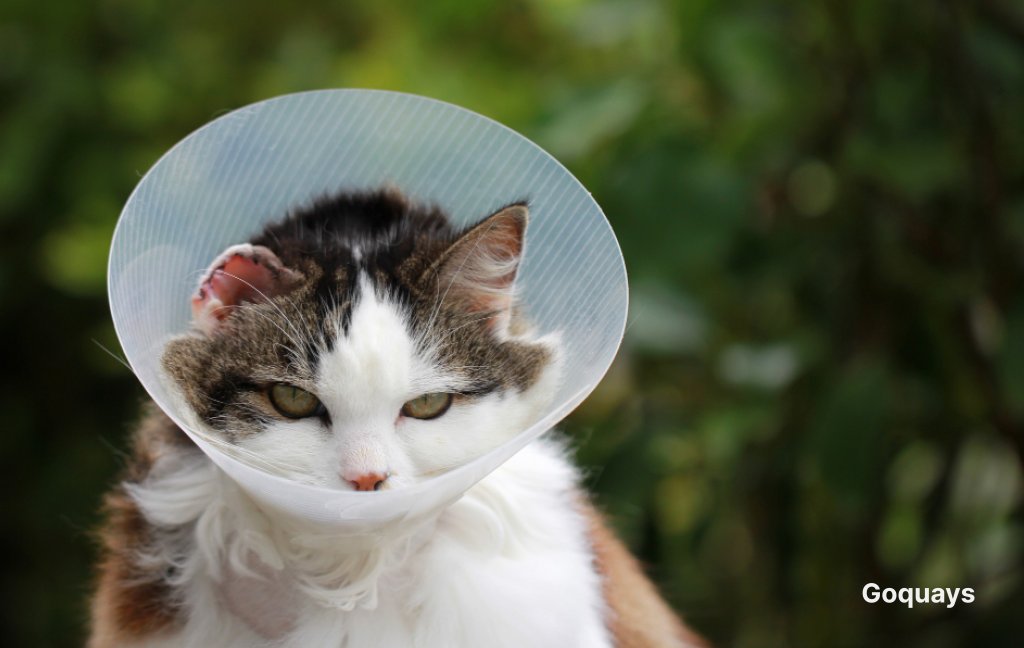
One of the most common reasons why cat insurance claims get rejected is pre-existing conditions. This is mostly because many pet owners believe that once they purchase an insurance claim, all medical expenses for their cat will be covered.
But this is untrue because most pet insurance providers exclude pre-existing conditions. This means if your cat had any signs of illness or injury before your policy started, related claims may be denied.
What are pre-existing conditions?
A pre-existing condition is any illness, injury or symptom that was present before you took out your insurance policy, even if it was not officially diagnosed by a vet.
How to avoid claim rejection due to pre-existing conditions?
While there are strict rules about pre-existing conditions, you can reduce your claim rejection by;
- Getting insurance early: Getting coverage while your cat is still young ensures full coverage to insure your cat before it develops any medical conditions.
- Read the policy term carefully: Every insurer has a different definition of pre-existing conditions. Some may exclude conditions indefinitely, while others may provide coverage if a cat has been symptom-free for a specific period.
Request a full vet history review: If you are unsure about what might be considered a pre-existing condition, ask your insurer for a vet history review before signing up.
The waiting period was not met
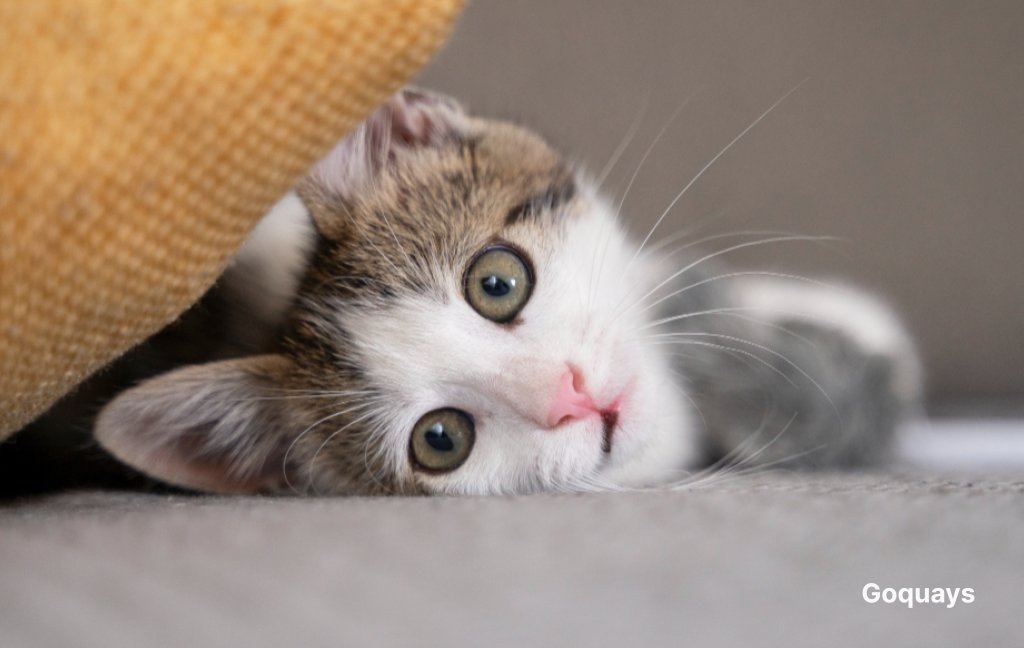
In pet insurance, a waiting period is between the time you purchase a policy and when coverage begins. During this period, any illness or injury your cat experiences will not be covered. This means if you file a claim for treatment your cat received during this time, it will be rejected.
Most insurers have waiting periods in place to protect themselves from fraudulent claims. It also ensures that policies serve the purpose it’s meant for (unexpected, future health issues.
How to avoid claim rejections due to waiting period

Here are what to do
- Check the specific waiting periods in your policy: Read the fine print to understand how long you need to wait before making a claim for different types of treatments.
- Keep note of your policy start date: Note down the exact date your policy begins so you don’t unknowingly take your cat to the vet during the waiting period and expect reimbursement.
- Buy insurance before your cat gets sick or injured: The best way to avoid waiting period issues is to purchase insurance while your cat is healthy because any medical concerns arise.
Choose insurers with shorter waiting period: There are insurers that have shorter waiting periods for specific conditions or offer instant coverage for accidents. Compare policies to find the best one for you.
Lack of proper Documentation
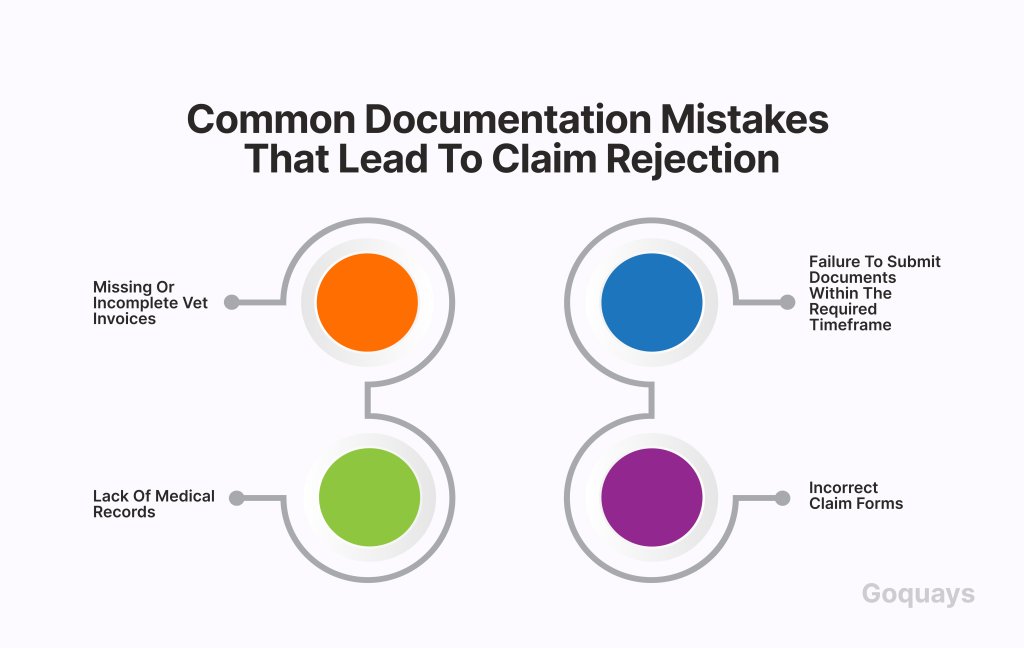
One of the most common and preventable reasons for cat insurance claim rejection is missing or incorrect documentation. Insurance companies require specific paperwork to process claims, and any errors can lead to delays or denials.
Common documentation mistakes that lead to claim rejection
- Missing or incomplete vet invoices: Your submitted invoice must be detailed, it should show the breakdown of treatments, medications and their costs.
- Lack of medical records: For your claim to be approved, insurers need to see your cat’s full medical history and not just the records from recent visits.
- Failure to submit documents within the required timeframe: Some insurers have strict deadlines for claim submissions, and failure to submit within the stipulated deadline could mean denial or rejection of your claim.
- Incorrect claim forms: Even small errors in pet details, policy numbers, or treatment dates can cause rejection.
How to avoid claim rejection due to documentation issues
- Ask your vet for an itemised invoice with clear treatment descriptions.
- Keep a copy of your cat’s full medical history and update it regularly.
- Double-check claim forms for accuracy before submitting
- Submit claim forms on time to avoid missing deadlines
Policy Exclusions and Coverage Limits

Even with a valid cat insurance policy, certain treatments, conditions, or expenses may not be covered due to policy exclusions and coverage limits. These exclusions can lead to claim rejections, leaving pet parents frustrated.
Common exclusions that leads to claim rejections
- Pre-existing condition: If your cat had symptoms of an illness before you purchased insurance, related claims will likely be denied.
- Routine and preventive care: Many standard policies do not cover any routine or preventive care like vaccinations, flea treatment or checkups. Claiming on them can lead to claim rejection.
- Dental care(unless accident-related): Most insurers only cover dental issues caused by injury, not general oral health problems.
- Breeding and pregnancy-related costs: Insurance usually doesn’t cover costs related to breeding, pregnancy or birth complications.
How to avoid claim rejections due to exclusions
- Choose a comprehensive plan. If you want additional coverage for dental, routine care or alternative treatments.
- Read your policy carefully to understand what’s included
You are claiming what isn’t covered
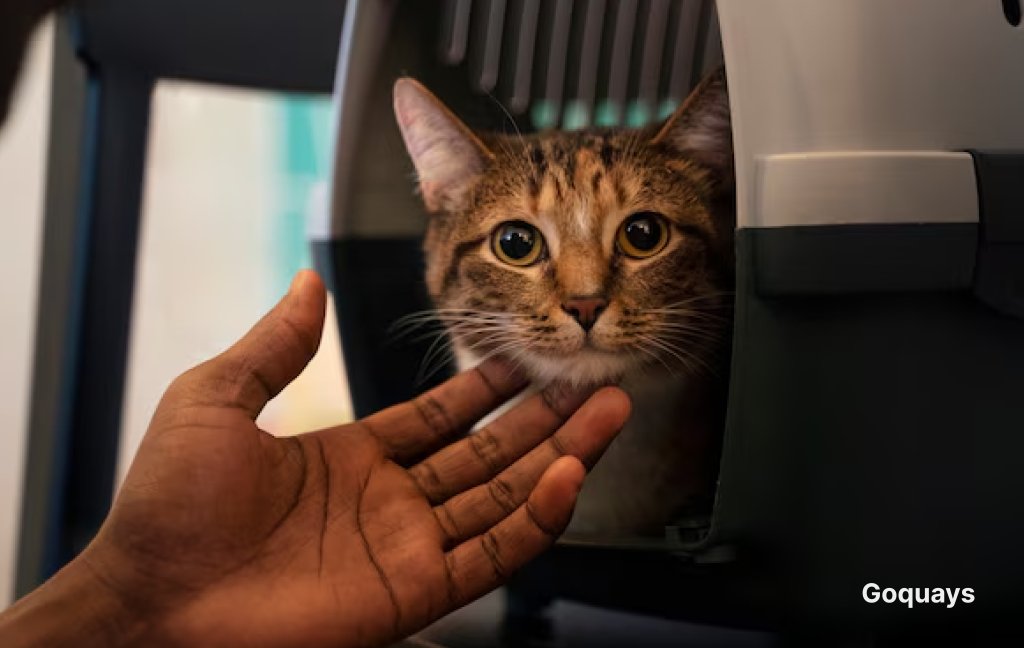
Another common reason for cat insurance claim denial is claiming for treatment, procedures or conditions that are not covered under your policy. Every pet insurance plan has specific inclusions and exclusions, and misunderstanding these terms can result in unexpected rejections
How to avoid claim rejections for non-covered treatments
- Read your policy thoroughly before purchasing: Ensure it covers the treatments you might need for your cat. If in doubt, ask your insurer for clarification.
- Consider a more comprehensive policy: If you want coverage for dental care, alternative therapies, or routine checkups, look for a premium plan that includes these benefits.
- Ask before receiving treatment: If you are unsure whether a procedure or treatment is covered, contact your insurer before proceeding with the vet visit.
The age of your pet affects your claim
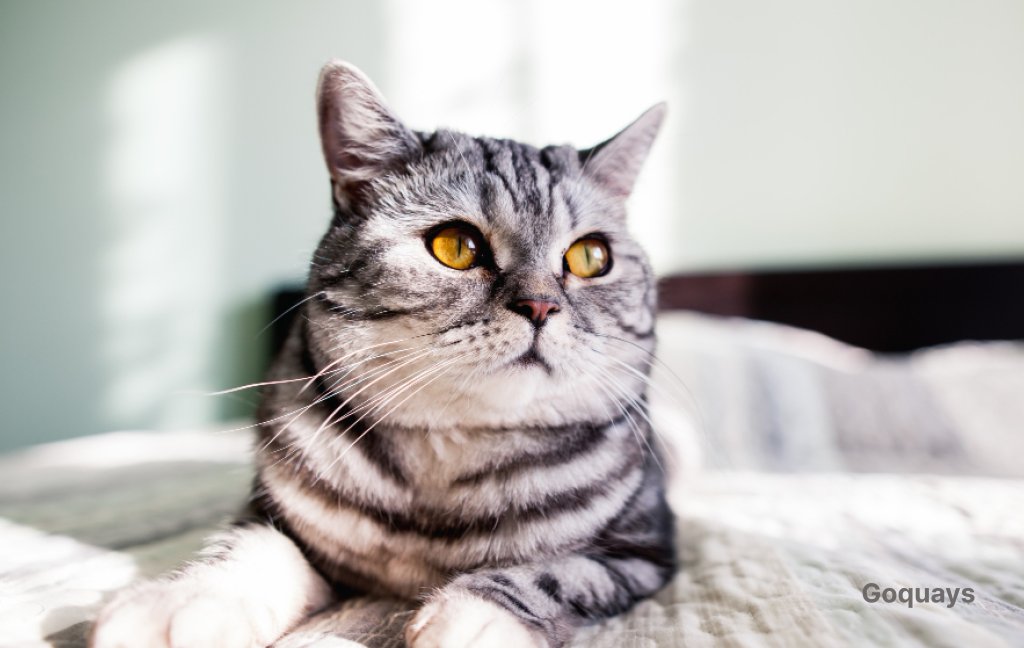
Age plays a significant role in pet insurance coverage and many cat owners are unaware that their cat’s age can impact claim approvals, policy costs, and coverage limitations. Insurance providers have age restrictions, and older cats are more likely to experience claim rejections or reduced coverage due to increased health risks.
How your cat’s age affects insurance coverage
- Most pet insurance providers set an upper age limit for new policies, typically between 8 and 10 years old. If your cat is older than the insurer’s cutoff age, you may not be able to purchase a new policy.
- Even if your cat is insured, coverage may be reduced or subject to higher restrictions as they age. Common exclusions for older cats include: pre-existing conditions, chronic illnesses, and routine care exclusions.
How to avoid claim rejections due to age
- Insure your cat early: The best way to ensure full coverage is to buy pet insurance while your cat is young and healthy, before age-related exclusions apply.
Choose lifetime cover: Lifetime pet insurance offers continuous coverage for chronic illnesses if you renew the policy annually.
Your policy does not cover routine treatment
Many cat owners are surprised to find their claims rejected simply because they were trying to claim expenses that fall under routine care, wellness, or preventative treatments, which are excluded from standard pet insurance.
Why are routine treatments not covered?
Routine care is predictable and recurring meaning it doesn’t fall under the “unexpected accident or illness” model that insurance is designed for. Pet insurance exists to cover emergency medical expenses, not everyday vet visits.
How to avoid claim rejections for routine treatments?
Consider a wellness plan Add-on: Some insurers offer optional wellness plans that cover vaccinations, flea/worm treatments, and annual checkups for an extra fee.
Budget separately for routine care: Set aside funds for routine vet expenses since they are not reimbursed.
What to do if your claim is rejected?
Here are some steps to take if your claim is rejected
- Review the rejection letter carefully: Upon the rejection of your claim, your provider should provide a detailed explanation of why your claim was denied.
- Check your policy terms: Compare the reason for the rejections with your policy coverage details. If you believe the insurer made a mistake, you may have grounds for an appeal.
- Contact your insurer for clarification: If the reason for rejection is unclear, call or email the insurer to request further explanation. Sometimes, claims are denied due to minor paperwork errors that can be easily corrected.
- Provide additional documentation: If your claim was denied due to lack of medical records or incomplete invoices, ask your vet for the necessary paperwork and resubmit your claim.
- File an appeal: If you believe your claim was wrongfully rejected, you can formally appeal the decision. Provide any additional supporting evidence, such as a vet’s letter explaining why the treatment was necessary.
Escalate to the Financial Ombudsman: If your appeal is unsuccessful and you feel the decision was unfair, you can take your complaint to the Financial Ombudsman Service (FOS), which handles disputes between consumers and insurers.


